

A Bedside Guide to Mechanical Ventilation
First edition
April 16, 2011
Copyright 2011 All Rights Reserved
ISBN-10 : 1461102189
E-Book ISBN : 978-1-61397-764-4
EAN-13 : 978-1461102182
Editors
Kenneth Nugent MD
Division Chief: Pulmonary Medicine
Eva Nourbakhsh MD
Internal Medicine Resident
Authors
Jessamy Anderson RN, BSN, CCRN, Reza Anvari MD, Gilbert Berdine MD, Cihan Cevik MD, Frederick Hugh Pharm D, Rahul Mishra DO, Eva Nourbakhsh MD, Kenneth Nugent MD, Rishi Raj MD, Rosemary Salazar RRT
Texas Tech University Health Sciences Center, Lubbock
Department of Internal Medicine, Division of Pulmonary Critical Care Medicine
3601 4th Street Stop 9410, Lubbock TX 79416
Phone: (806)743-3155. Fax (806)743-3148.
Acknowledgments
We thank Connie Nugent for editorial assistance and advice on design and page layout.
DISCLAIMER
THIS HANDBOOK IS INTENDED FOR INFORMATION AND REFERENCE USE ONLY.
The information provided is designed to help residents and other health care practitioners understand basic concepts about mechanical ventilation. It is not intended as a substitute for mechanical ventilation textbooks, clinical experience, or clinical judgment. Sources used for this handbook are believed to be reliable and accurate. Efforts were made to include the latest evidence-based recommendations. However, the accuracy and completeness of the information cannot be guaranteed. Therefore, this handbook should be used as a guide and NOT as the only source of information for individual patient care. This handbook is sold as is without warranties of any kind, express or implied, and all involved with creation and publication of this handbook disclaim any liability, loss, or damages which may arise therefrom.
Contents
Key ideas
Kenneth Nugent MD
Respiratory physiology
Reza Anvari MD
Oxygen therapy
Kenneth Nugent MD
Indications for mechanical ventilation
Eva Nourbakhsh MD
Ventilator basics
Eva Nourbakhsh MD
Ventilator display and functions
Rosemary Salazar RRT, Eva Nourbakhsh MD
Modes of ventilation
Eva Nourbakhsh MD
Quick ventilator setup
Eva Nourbakhsh MD, Kenneth Nugent MD
Use of PEEP
Eva Nourbakhsh MD, Kenneth Nugent MD
Auto-Peep
Eva Nourbakhsh MD
Airway pressure release ventilation (APRV)
Rishi Raj MD
Salvage strategies for severe refractory hypoxemia
Kenneth Nugent MD
Non-invasive ventilation
Reza Anvari MD
Positive pressure ventilation effects on cardiac function
Cihan Cevik MD
Comprehensive care of the ventilated patient
Kenneth Nugent MD
Daily check list for clinicians
Kenneth Nugent MD
RT daily duties in the ICU
Rosemary Salazar RRT
Routine nursing care for ventilator patients
Jessamy Anderson RN, BSN, CCRN
Respiratory drugs used in ventilated patients
Gilbert Berdine MD
ICU sedation and pain management
Frederick Hugh Pharm D
Common events and emergencies
Rishi Raj MD
Troubleshooting blood gases
Eva Nourbakhsh MD
Troubleshooting pressure alarms
Eva Nourbakhsh MD
Weaning
Kenneth Nugent MD
Complications of mechanical ventilation
Eva Nourbakhsh MD
Ventilator-associated pneumonia
Kenneth Nugent MD
Tracheostomy
Gilbert Berdine MD
Long term consequences of mechanical ventilation
Rahul Mishra DO
Annotated bibliography of selected studies by the ARDS Network
Kenneth Nugent MD
Short case reviews
Rishi Raj MD
Answers to cases
Rishi Raj MD
Glossary
Eva Nourbakhsh MD, Kenneth Nugent MD
Appendix
Eva Nourbakhsh MD, Kenneth Nugent MD
- Most patients who require mechanical ventilation do well with the assist-control mode.
- Patients with acute lung injury and acute respiratory distress syndrome have better outcomes with a low tidal volume, low plateau pressure ventilation strategy.
- Nurses should keep the head of the bed elevated and monitor gastric residuals. These precautions reduce the frequency of ventilator-associated pneumonia.
- Combinations of benzodiazepines and narcotics probably provide optimal patient comfort during mechanical ventilation. Nurses should use a standardized scoring system to titrate the patients response to sedation protocols. Physicians and nurses should make frequent efforts to wean sedation, and it should be interrupted daily.
- Physicians and respiratory therapists should make frequent efforts to reduce FiO2 and should use the ARDS Network Table for FiO2 and PEEP combinations.
- The initial treatment for ventilator-associated pneumonia should provide broad spectrum antibiotic coverage for multidrug resistant hospital-acquired pathogens. De-escalation of this therapy is appropriate when cultures results are available.
- Physicians should review the patients weaning potential daily. Spontaneous breathing trials and weaning parameters help make optimal decisions about extubation.
- Immediate physiologic changes do not always reflect long term benefit or harm for the patient. The clinician should be flexible and at times allow pH to be lower or CO2 to be higher. Clinical judgment is important.
Study question
Based on your reading or your clinical experience list three ideas which are likely important in the care of every patient on a mechanical ventilator.
Respiratory Drive Controllers
Central chemoreceptors
Located in the medulla.
Respond to changes in pH of CSF.
Mechanism:  CO2 in arterial blood
CO2 in arterial blood  crosses the blood brain barrier
crosses the blood brain barrier in CSF, CO2 combines with H2O
in CSF, CO2 combines with H2O  produces H+ + HCO3-.
produces H+ + HCO3-.
 H+ acts in central chemoreceptors causing hyperventilation via vagus nerve stimulation.
H+ acts in central chemoreceptors causing hyperventilation via vagus nerve stimulation.
 CSF pH causes hyperventilation which decreases CO2 in blood.
CSF pH causes hyperventilation which decreases CO2 in blood.
Peripheral chemoreceptors
They are located at bifurcation of common carotid arteries above and below the aortic arch. They act through three different mechanisms.
 arterial pO2 (<60 mm Hg)
arterial pO2 (<60 mm Hg)  activation of chemoreceptors
activation of chemoreceptors  hyperventilation.
hyperventilation.
 arterial pO2
arterial pO2 partial inactivation of chemoreceptors
partial inactivation of chemoreceptors  normal ventilation.
normal ventilation.
 arterial H+
arterial H+ activation of carotid bodies at bifurcation
activation of carotid bodies at bifurcation  hyperventilation to correct pH.
hyperventilation to correct pH.
Lung stretch receptors

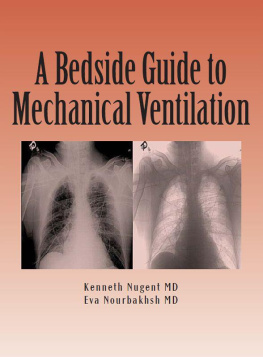

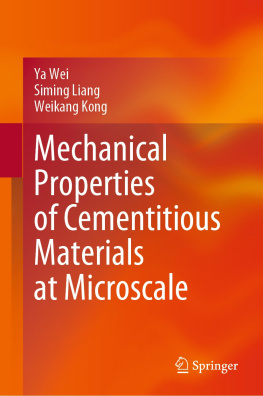
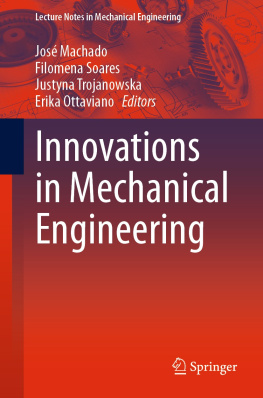
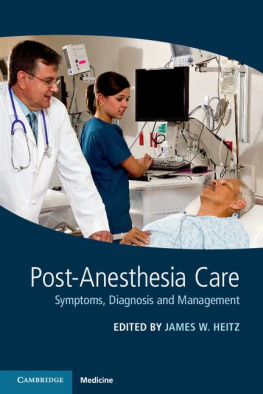
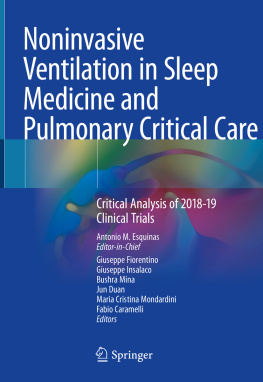
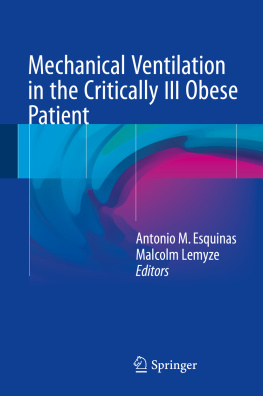


 CO2 in arterial blood
CO2 in arterial blood  crosses the blood brain barrier
crosses the blood brain barrier CSF pH causes hyperventilation which decreases CO2 in blood.
CSF pH causes hyperventilation which decreases CO2 in blood.